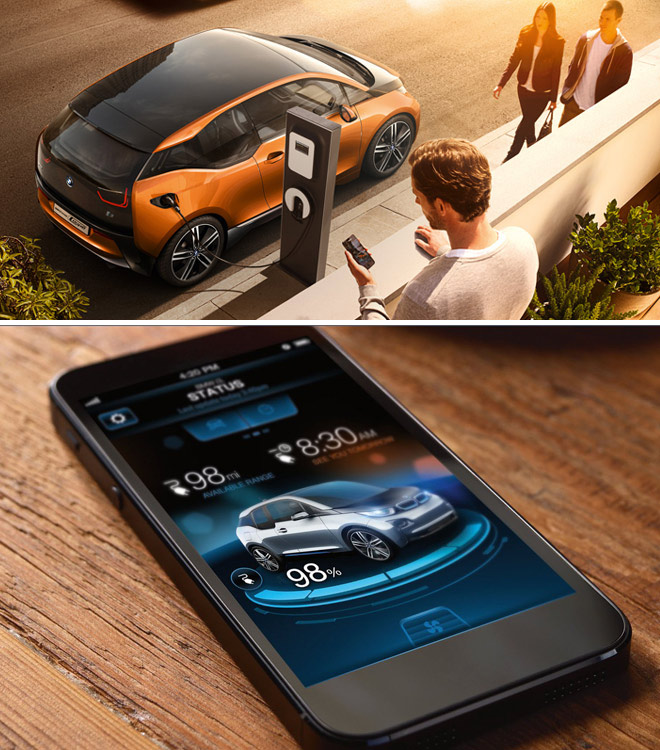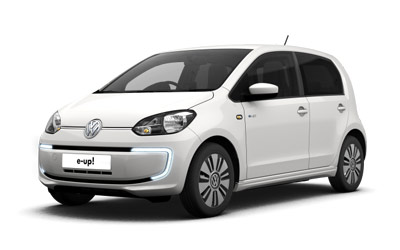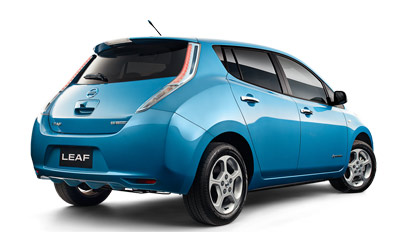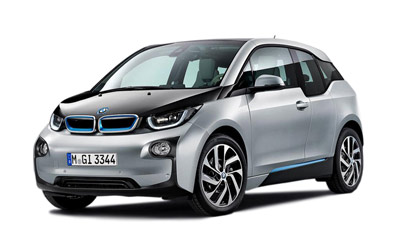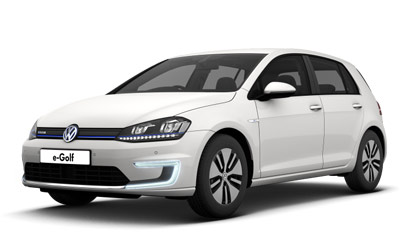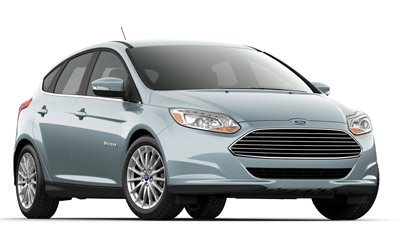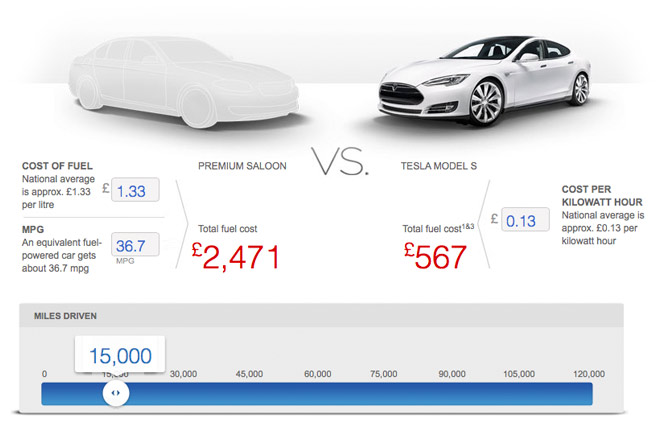Having a beautiful Tesla Model S at our Windsor showroom has captured the imaginations of our customers, web visitors, attendees at this month’s Thames Valley Expo, and not least: all here at WVL! Excitement was palpable at the new technology in the vehicle, and having this glimpse of the future inspired us to research the topic of Autonomous Vehicles and see what the future holds for drivers… how safe will autonomous vehicles be, is the technology really there yet, or are we trying to run before we can walk?
“Every car in production will now have the capability for full autonomy by 2018”
Tesla
What is an Autonomous Vehicle?
Used widely these days to describe ‘driverless’ or ‘self-driving’ cars, technically, the term means a vehicle able to sense its environment and navigate without human input – now a coveted goal in the motor industry.
We’re all familiar with the early stages of autonomy: cruise control has been around for some time, and now with lane departure warning and auto parking there’s a stepwise transfer of control to onboard computers. Each new development chalks up a point of difference for manufacturers trying to sell vehicles in a hugely competitive marketplace.
Manufacturers, regulators and insurers all recognise the importance of defining the degrees of autonomy, which are based on the degree of driver attentiveness rather than vehicle capability. Put simply: feet off, hands off, eyes off, brain off. They are more formally defined by SAE International, a US automotive standardisation body, definitions now adopted by the National Highway Traffic Safety Administration and which range from complete driver control to full autonomy as follows:
| Level 0 | Automated system has no vehicle control, but may issue warnings |
| Level 1 | Function-specific autonomy – Driver must be ready to take control at any time. Automated system may include features such as Adaptive Cruise Control (ACC), Parking Assistance with automated steering, and Lane Keeping Assistance (LKA) Type II |
| Level 3 | Limited self-driving autonomy – Within known, limited environments (such as freeways), the driver can safely turn their attention away from driving tasks, but must still be prepared to take control when needed. e.g. Audi’s piloted driving concept in the A7 |
| Level 4 | Fully self-driving autonomy – As level 3, but no driver attention is required. Outside the limited environment the vehicle must be able to enter a safe fallback mode – i.e. park the car – if the driver does not retake control. e.g. Google car, Volvo ‘Drive Me’ |
| Level 5 | Fully autonomous in every driving scenario – Other than setting the destination and starting the system, no human intervention is required. The automatic system can drive to any location where it is legal to drive and make its own decisions |
Read on to see how these systems are being implemented, the journey to this point, and how the road ahead looks.
Safety First
Tesla claim they could have a fully autonomous vehicle on the road by 2018, and Volvo has announced its Drive Me London programme for next year, but neither of these vanguards have had an unblemished journey so far.
In April of this year, an Uber driverless Volvo carrying two engineers was hit by a vehicle which failed to give way at an intersection in Arizona. Thankfully nobody was hurt, but Uber suspended its driverless fleets in Arizona, California and Florida until the investigation was complete – the Volvo was shown not to have malfunctioned. Confidence is still strong in this partnership, with Volvo announcing a $300m (£226m) investment with Uber.
In May 2016 the driver of a Tesla Model S with ‘Autopilot’ engaged sadly became the first fatality in a self-driving car when its sensors were unable to discern the bright side of an 18-wheel truck & trailer crossing the highway in front of it. The Tesla’s windscreen impacted with the bottom of the trailer and the driver was killed.
The National Highway Traffic Safety Administration (NHTSA) investigators found that the driver had been watching a movie at the time, with seven seconds to take action, and that Tesla were not to blame. Their investigation also showed that crash rates for Tesla vehicles dropped by 40% after its Autosteer technology was installed. Tesla also pointed out that this was one fatality in 130 million customer miles driven, compared with one fatality in every 94 million miles driven among all US vehicles.
Report highlight: “The data show that the Tesla vehicles crash rate dropped by almost 40 percent after Autosteer installation.”
— Elon Musk (@elonmusk) January 19, 2017
Google’s vehicles have clocked-up over 2m autonomous miles… but they haven’t gone unscathed with around two dozen recorded accidents. Nevertheless, just one – a collision with a bus – was found to be the fault of the self-driving car. Google recently gave data that 1.2 million people die in car accidents each year… with 94% resulting from human error.
The argument for lowering those statistics is strong: McKinsey & Company estimated that widespread use of autonomous vehicles could “eliminate 90% of all auto accidents in the United States, prevent up to US$190 billion in damages and health-costs annually and save thousands of lives.”
Software Giants
Whilst it’s logical for the major manufacturers to add their automation step-by-step, leaders in the software & technology field, Google and Apple, are going all-out for full automation.
Pioneers in driverless vehicles, Google’s self-driving programme began back in 2009 using Toyota’s Prius, and they’ve recently consolidated their work under the new spin-off brand ‘Waymo’. For 2017, and now in partnership with Fiat Chrysler, they’re introducing Chrysler’s Pacifica Minivan to their fleet, equipped with the Waymo hardware/software suite for full autonomy.
Much rumour and speculation has surrounded Apple and whether it will be designing its own autonomous vehicle. An announcement by their director of product integrity (formerly a Ford Motor executive) last December gave little insight, but their project ‘Titan’ now appears to be a software platform for autonomous driving, like Waymo, to be licenced to manufacturers.
Ford has invested $1bn in artificial intelligence company Argo AI to produce the software for its next generation of self-driving cars – indeed, they claim they’ll be mass producing cars without a steering wheel, accelerator or brake pedals in just four years.
Clearly no manufacturer wants to be left behind, and indeed all these additional brands have projects underway, too: BMW, General Motors, Honda, Hyundai, Jaguar Landrover, Kia, Mazda, Mercedes, Mitsubishi, PSA (Peugeot-Citroen-DS), Renault-Nissan, Subaru, Toyota and VW group.
Safety in numbers
Autonomous driving is in some respects a misnomer – these vehicles won’t be completely independent as data will pass from vehicle to vehicle forewarning about upcoming hazards and providing information about each other’s status and position on the road.
With upgraded road infrastructure, where traffic signals and status are also communicated to vehicles in advance, the roads will surely be a safer place. Knock-ons will include shortened journey times as faster speeds will be safer, increasing traffic flow since vehicles will be able to drive safely closer together, and easing congestion as a result.
The full benefits of such a system won’t be realised immediately though: The Department for Transport (DfT) predict at the point 1 in 4 cars are driverless, it will cause delays to traffic flow and only once they’ve reached 50-75% of cars will congestion reduce – but potentially by as much as 40%.
“There’s a prize to be had in terms of swifter, safer journeys, but the transition to that world will be challenging.”
Steve Gooding, director of motoring research charity the RAC Foundation
Data Protection
All this, however, requires the sharing of data and the collaboration of vehicle manufacturers and software giants to talk a common language. Not just on successes and failures during research and development between themselves and regulators, but also on the road, between vehicles and the road infrastructure. It’s this real-time data flow which is an area of significant concern in terms of data security.
The threat of hacking is very real: in 2015 a Jeep Cherokee was paralysed on the highway by a remote hacker gaining access via the vehicle’s internet connection. Chrysler recalled 1.4 million cars as a result and as more vehicle systems become online the potential for causing harm becomes more significant.
USB ports, for example, are easy points for gaining access, and driverless cars used as taxis would mean every passenger could be considered a threat. To date, only Tesla has talked of implementing trusted code signed with cryptographic keys to prevent such overrides. Consider a ransomware attack on Uber, with passengers locked in cars until a ransom was paid for their release. Or terrorist-controlled unmanned vehicles carrying explosives.
One of the original hackers Charlie Miller, formerly of the NSA, then security researcher at Uber, is now at a Chinese competitor, Didi – a move he made due to being able to speak more freely about the real threat of car hacking and the security problems it poses:
“Autonomous vehicles are at the apex of all the terrible things that can go wrong… Cars are already insecure, and you’re adding a bunch of sensors and computers that are controlling them… If a bad guy gets control of that, it’s going to be even worse.”
Charlie Miller, formerly at Uber, now at Didi.
Insurance Assurance
Insurance companies will also need to see vehicle driving data to help determine liability in the event of an accident. They’re proposing access to data covering 30 seconds prior, to 15 seconds after any incident, including vehicle location, driver mode, whether the motorist was in the driver’s seat and had a seatbelt on.
Understandably, drivers will need reassurance that they won’t be blamed in the event of a vehicle malfunction. Major insurers including AXA and Direct Line are collaborating on a new framework for the next generation of motoring, with an option being to extend to cover product liability i.e. if an autopilot fault causes an accident. Volvo however are the first manufacturer to announce they will accept the liability if one of its autonomous cars crashes when driving itself.
A report by consulting firm KPMG predicts the number of car accidents to go down 80% by 2040, the increasing degrees of automation changing the ‘risk profile’ of the car.
“The car becomes safer and safer as it moves towards fully-autonomous driving.”
Jerry Albright, KPMG
Long term, there may be little or no need for motor insurance due to the safety improvements made possible, but the interim could be a time of much confusion, insurance-wise.
To pave the way, recent discussions between the DfT and the BVRLA have confirmed that they’ll use public sector fleets as a test bed for setting out policy for insurance claims. Clear definitions are required to determine whether the driver, the insurer or the manufacturer are liable; whether the vehicle was under manual or autonomous control, and even whether necessary software updates have been applied or modifications made. Transport Minister Chris Grayling has set this for debate later this year in The Modern Transport Bill.
“To properly pave the way for these technologies, we must create an environment where developers can “bring their products to market in a safe way that protects consumers.”
Chris Grayling
We should expect to see changes to The Highway Code, Driving Test and licencing in order to keep pace with the changing road environment. Revisions have already been announced for this coming December to account for satnavs and auto parking.
UK Driving Force
The UK Government has established the University of Cambridge Centre for Connected and Autonomous Vehicles (CCAV) with the DfT to help ensure that the UK remains a world leader in developing and testing connected and autonomous vehicles.
They are also providing funding for an autonomous car cyber security group with suggestions of star ratings for security levels, similar to EuroNCAP’s crash safety ratings.
Driverless car projects are already planned or in progress in a number of UK cities:
Greenwich
The £8m+ Project GATEway will involve 10mph 4-seater driverless shuttle buses around pedestrian public areas using a self-learning system called ‘Selenium’ by UK startup Oxbotica. This system can be added, along with the required cameras and sensors, to a standard vehicle.
“Driverless cars will make our roads safer and help an ageing population remain independent.”
Paul Newman, professor at Oxford University and co-founder of Oxbotica
Milton Keynes
Oxbotica’s technology was also at work as of October 2016 in 2-seater pod cars in a 1km loop around Milton Keynes’ railway station.
Manchester
Autonomous cars will be reaching speeds of up to 70mph on the roads of Greater Manchester next year as part of a three year research study on roads between Stockport Railway Station and Manchester Airport. There will be a standby driver in each of the three vehicles to take control if required.
London
Following a pilot programme in Sweden this year, Volvo will begin real-world autonomous vehicle testing in the UK next year under a programme called Drive Me London. The first trials will involve semi-autonomous XC90s, but by 2018 they will be replaced by 100 fully autonomous cars with selected families trying their ‘Unsupervised Driving’ mode on city streets.
‘Transport as a Service’
Clean energy thought-leader, Tony Seba, anticipates that by 2021, autonomous electric vehicles operating under a ‘Transport as a Service’ model (essentially Uber, without a driver) will be 4-10 times cheaper per mile than buying a similar model, and 2-4 times cheaper than running an existing owned vehicle. And considering that cars aren’t used 96% of the time, according to Google co-founder Sergey Brin, will we still be choosing to have our own private vehicle – especially when initial purchase costs are likely to be high?
“In peak time, 30 per cent of city driving is people looking for parking. That goes away if you have cars that drive themselves and drop you off and go find another passenger.”
Sergey Brin, Google
The Road Ahead
The near future could be a confusing time for motorists: whilst we approach full automation, the car will take some of the strain of driving, whilst the motorist’s hands will be hovering over the wheel, and eyes still on the road. How appealing this technology will be to motorists, and whether they’re prepared to pay for it, remains to be seen.
The roadmap ahead as blogged by AutoExpress looks like the following:
| 2016 | Assisted Driving – e.g. AEB and lane departure technology |
| 2018 | ‘Hands-off’ self-driving – for motorways, with the driver expected to remain responsible and take control if required, though able to remove hands from the steering wheels for 3 minutes at a time |
| 2021 | Automated Driving – with the next decade will come full autonomy in defined sections of motorway where the car can take full control |
| 2025 | Fully autonomous cars – it’s predicted that in ten years our cars will be able to drive us door to door without us needing to touch the wheel, with onboard technology to communicate with other vehicles as well as the road infrastructure. There may even be vehicles with no driver controls |
“In 2019 you will be able to buy a car with an autopilot system where you can take your hands off the wheel for up to three minutes. But that will only work on a motorway.”
Matthew Avery, Thatcham
For this technology to develop a system able to interpret its surrounding filled with obstructions, hazards and other vehicles as quickly as a human brain, not to mention clearer road markings and weather-proofing to the sensors.
Come the Revolution
It’s perhaps no surprise that with its Silicon Valley and warm dry weather, California is paving the way in the development race. Momentously, as of 13th April 2017, Google, Apple (using modified Lexus Hybrids) and Tesla along with 27 other brands including Ford, GM, VW and BMW have been granted permission by the California Department of Motor Vehicles to allow them to test their technology on the roads. This is a landmark ruling.
“It’s a race towards a brave new world, it’ll be life changing.”
Jayne Waydo, head of systems engineering at Waymo (Google)
“The technology itself will perform a lot better than we perform now as humans… We needed to provide a clear path to completely driverless vehicles, because of the safety benefits.”
Bernard Soriano, deputy director of the Department of Motor Vehicles
Here’s the car that #Apple‘s using to test its autonomous car technology. Story with @mhbergen. https://t.co/jHLnJDRjoS pic.twitter.com/zTezUmcZwC
— Alex Webb (@atbwebb) April 27, 2017
Crucially, manufacturers are required to ‘self certify’ that their vehicles are safe to operate without a human driver. How they actually prove this hasn’t yet been determined and is considered “a very big leap” by Ryan Call, law professor at University of Washington.
The recent California ruling is a big step towards autonomy. Beverly Hill has already approved plans for a driverless car programme to replace the public transport system there, and in accord it’s likely that public transport systems worldwide will see driverless vehicles made mainstream before private vehicles. This has the double positive of making public transport cheaper, and potentially reducing the number of cars on the road too.
Pros and Cons
The benefits are clear to see. In 2015 a blind man ‘drove’ unaccompanied on a public road in Austin, Texas, for the first time thanks to a Google car, and a study by the Society of Motor Manufacturers and Traders (SMMT) found that six out ten people with limited mobility will benefit from an autonomous car. Of those who agreed their lives would be improved, almost half said they would be able to pursue hobbies outside their home or go out to places like restaurants more often. A further 39% said they would have better access to healthcare as a result of an autonomous car.
Further benefits include:
- A significant reduction in traffic collision, the resultant injuries, and motor insurance costs
- major increases to traffic flow, higher speed limits, smoother rides
- automated mass transit would reduce the need for vehicle – and thus roads and parking spaces – in cities
- enhanced mobility for children, the elderly, disabled people, and the poor
- relieving travellers of the chores of driving and navigation
- reduced fuel consumption and emissions
- reduced car theft due to the vehicles’ self-awareness
- more comfortable cabins, with the removal of steering wheel and controls
- plus being able to pick up passengers or go for maintenance without a driver present.
Potential downsides include:
- Software reliability
- breaches of vehicle software security, plus the security of vehicle-to-vehicle and vehicle-to-infrastructure communications networks, with potential for terrorism.
- susceptibility of sensing equipment to adverse weather or deliberate interference
- digital mapping will need resolution upgrading in many areas
- current road infrastructure will need changes for systems to work optimally
- drivers risk becoming ‘complacent’ – the conclusion reached by a House Of Commons report showed drivers in autonomous cars react on average 6x slower when having to intervene in emergency braking situations compared to driving manually
- the loss of driving-related jobs across a wide range of industries, from haulage to insurance. That said, new industries will emerge around providing ‘Transport as a Service’, or TaaS, creating new employment opportunities, and success in the field here in the UK could create 320,000 jobs.
Eyes Forward
Progress is happening fast: autonomous trucks are already working hard in ports, mines and terminals for short repetitive trips, and with governments already onboard with city-based vehicle trials and significant investment. Latest opinion, however, may suggest we’re trying to run before we can walk.
AutoExpress have just reported back from a conference on the subject just last week, organised by the Financial Times. The leader of Nissan’s research centre in Silicon Valley, Maarten Sierhuis, who once wrote software for NASA, is a strong proponent for still having the human element.
Their Leaf prototype uses their Seamless Autonomous Mobility system and should it encounter an unknown obstacle, Sierrhuis’ vision entails it beaming images back to base for a human to examine and advise on a course of action which can be sent to other vehicles in the area. Despite them having autonomous prototypes in testing since 2015, and promising a fully autonomous car in its line-up by 2020, Sierhuis’ salient message was “It’ll be impossible to have autonomous vehicles driving around without them ever needing help.”
Around the Corner?
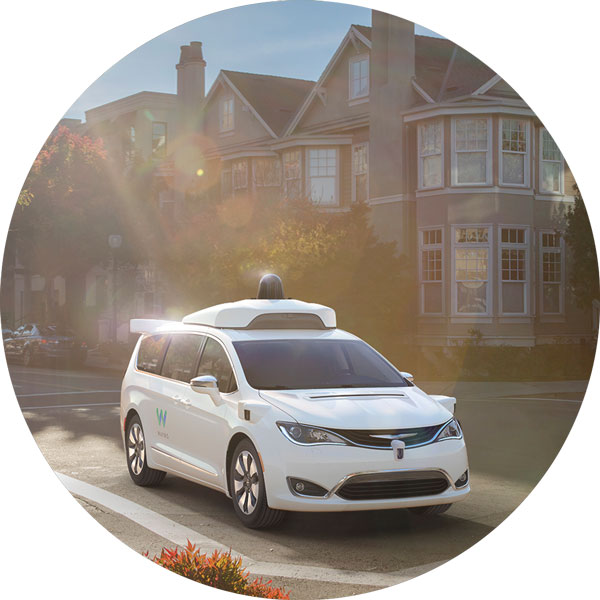 Will this futuristic vision become reality? According to Tesla, it’s just around the corner, recently claiming we’re just two years away from sleeping in the car.
Will this futuristic vision become reality? According to Tesla, it’s just around the corner, recently claiming we’re just two years away from sleeping in the car.
Advancing technology is not only big business, it’s unavoidable, so change will certainly come… particularly when its benefits are so far reaching in terms of safety, and mobility for those who currently struggle. But will the coming revolution see us still as a 1+ car-per-family society, or will the savings of switching to a TaaS, super-Uber system to pick us up and drop us off cause an even greater shift than anticipated?
The motoring world is moving forward into new territory, a journey which will bring much change to the industry, to our lifestyles, and no doubt to the way we view, use and rely on our motor vehicles. Whether or not you’re comfortable with handing control to a computer, ultimately, with greater levels of safety being a key driver behind this change, our roads are set to be a far safer place, and we can all agree that’s a destination worth reaching.
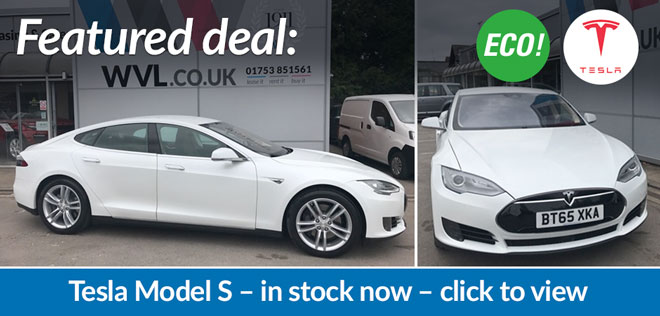


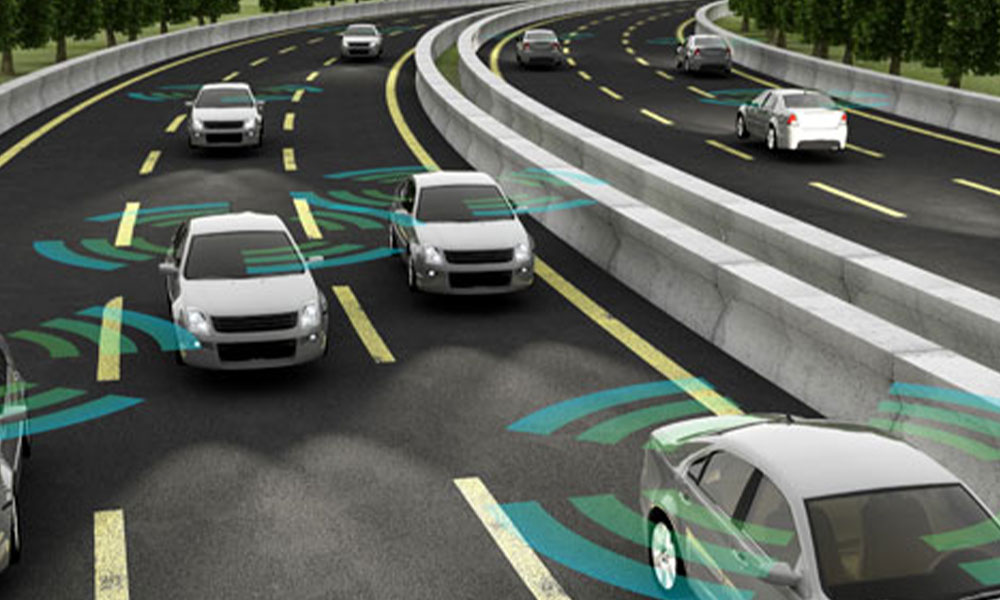
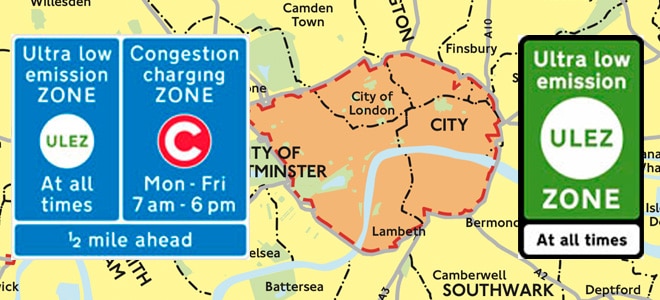
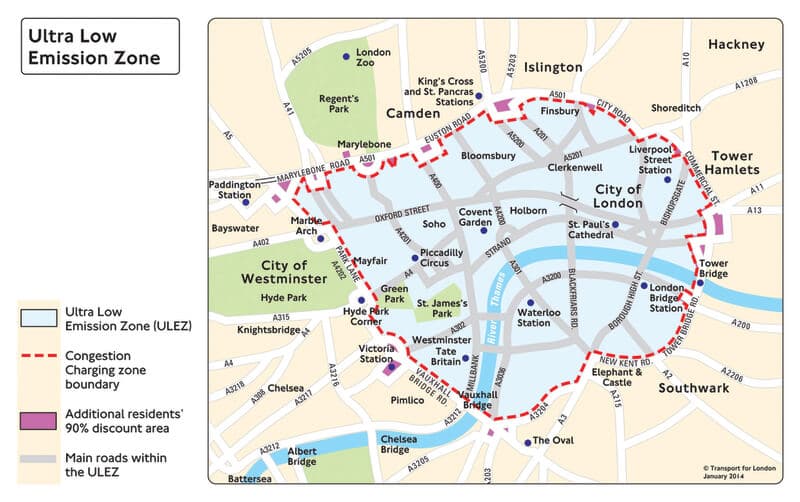

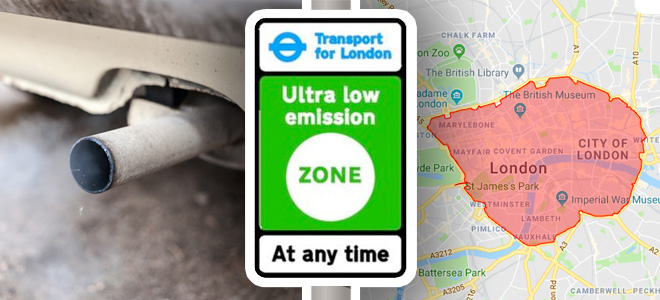
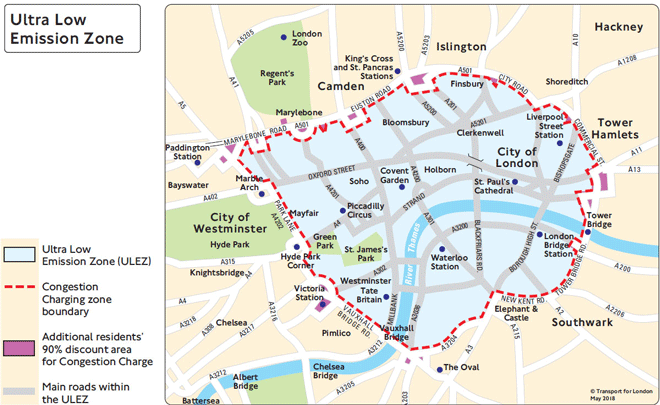

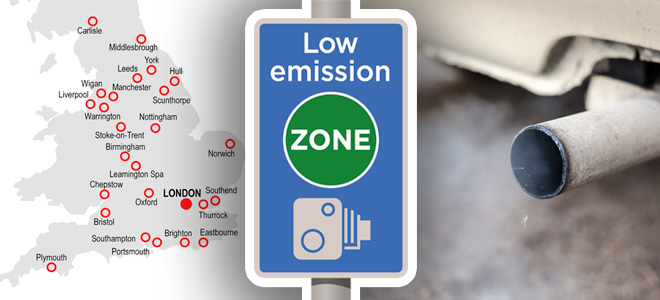

 Other polluted cities across England will also face the new restrictions with Toxin Taxes up to £20 per day, or even bans for the heaviest polluters during peak times. These measures are planned for up to ten more town centres, another 25 more where commercial diesels will be the targets, along with increased parking fees in at least 15 towns and cities. The finer details are yet to be worked out, but Environment Secretary Andrea Leadsom has suggested the rules for each location will be written on a case-by-case basis and will announce outline measures imminently.
Other polluted cities across England will also face the new restrictions with Toxin Taxes up to £20 per day, or even bans for the heaviest polluters during peak times. These measures are planned for up to ten more town centres, another 25 more where commercial diesels will be the targets, along with increased parking fees in at least 15 towns and cities. The finer details are yet to be worked out, but Environment Secretary Andrea Leadsom has suggested the rules for each location will be written on a case-by-case basis and will announce outline measures imminently.

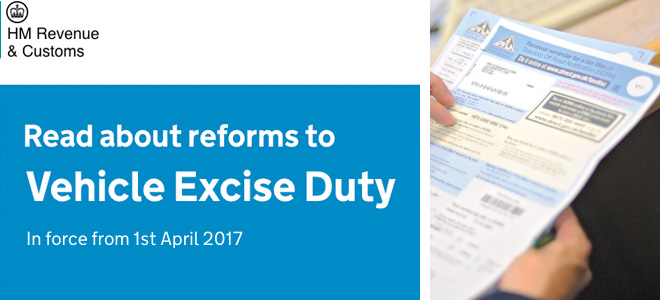

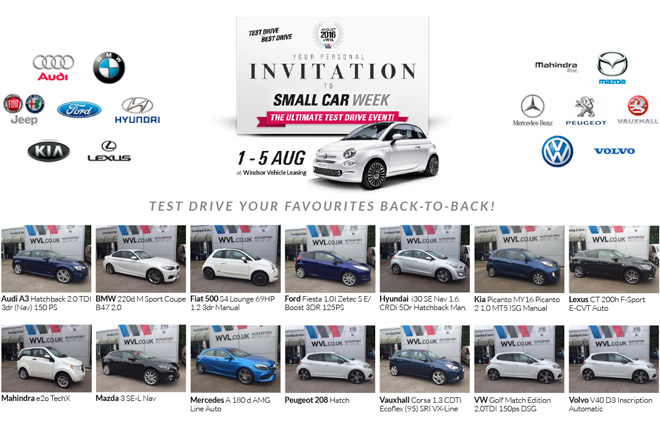
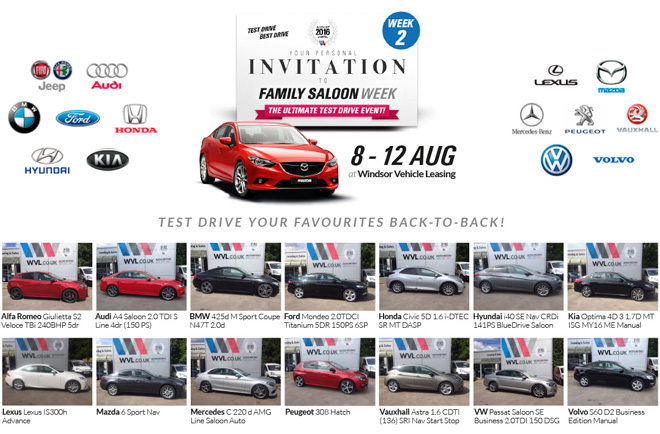


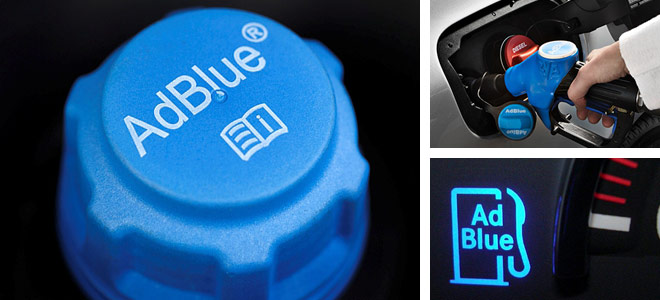
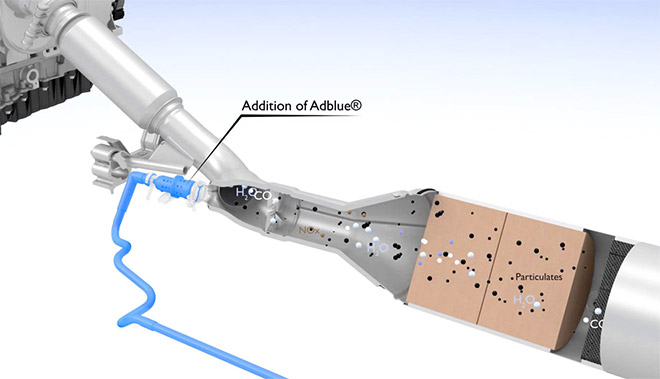
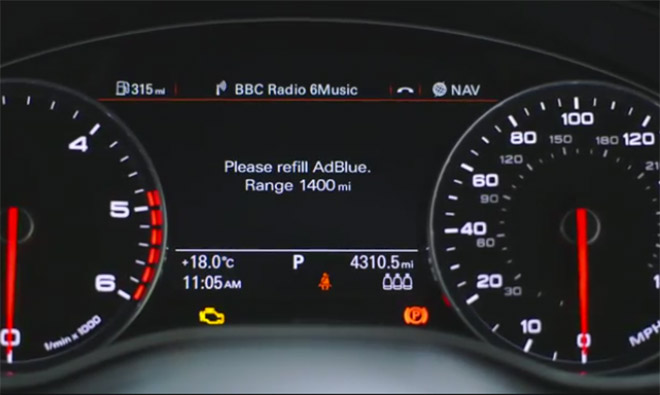
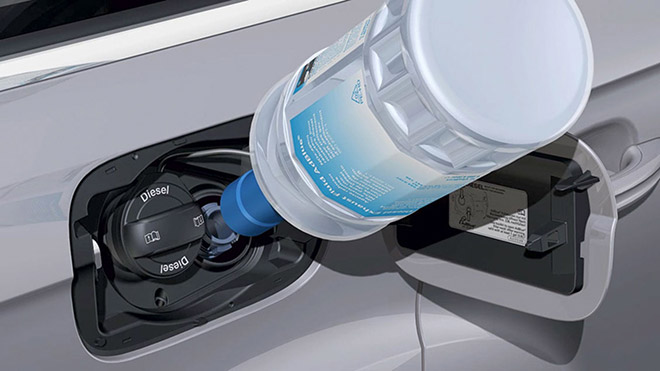
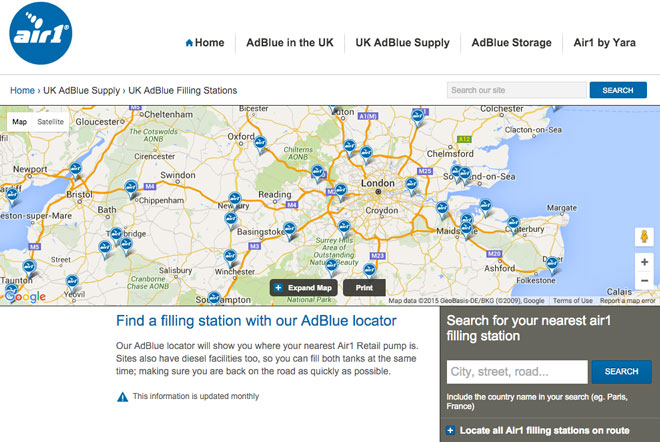

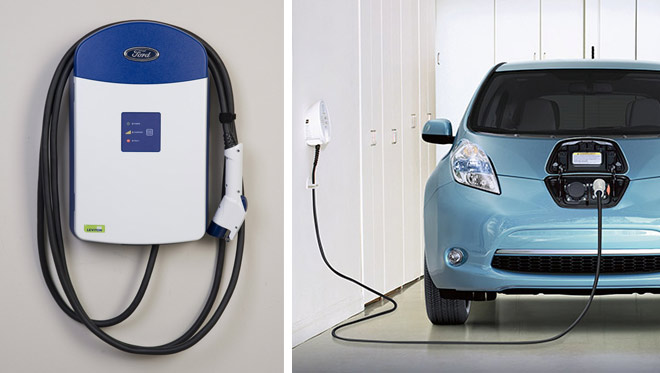
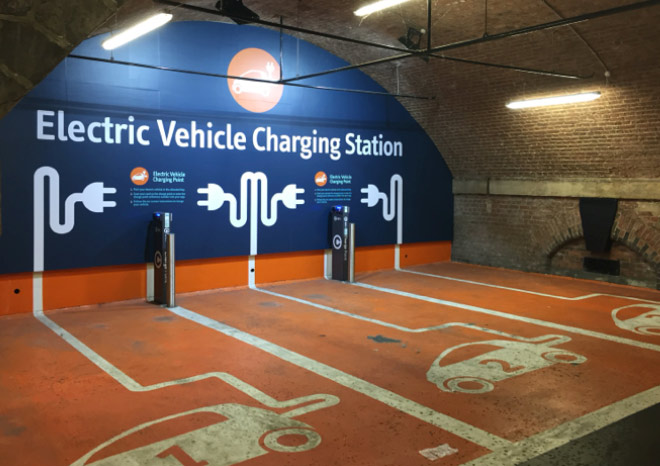
 Already supported by BMW, Nissan, VW and Renault and co-funded by the EU, the
Already supported by BMW, Nissan, VW and Renault and co-funded by the EU, the 